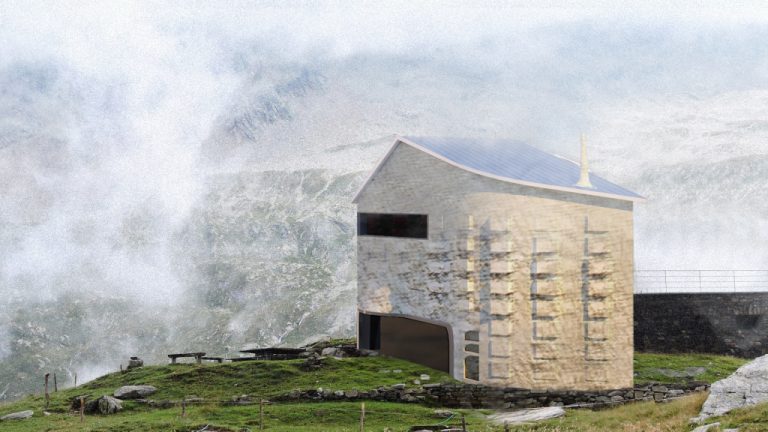
The fortress
Can the essence of the computer generated image of a Swiss cabin be translated on site? How do colors and textures materialize in a realistic building proposal? Big data is a field that offers ways to analyse, systematically extract information from, or otherwise deal with data sets that are too large or complex to be (…)
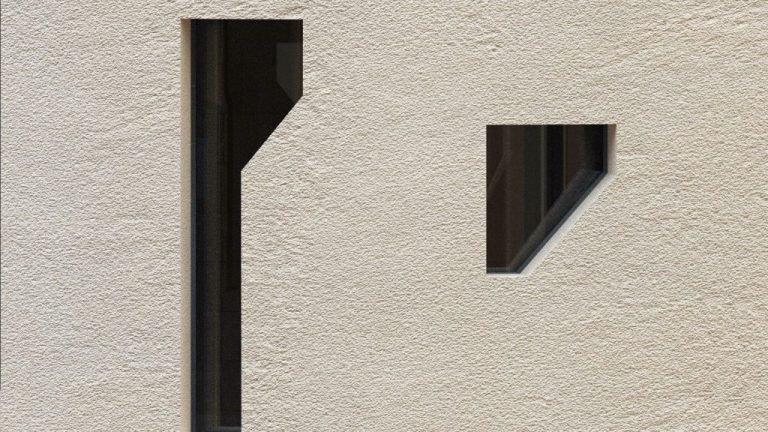
Swiss Materiality
In the experiments with GANs, implicitly pursuing Swissness as an aesthetic choice, this new alliance between humans and machines hint at the emergence of new architectural forms by merging contextual relevance and accidental novelty, and pointing towards a new definition of Swissness. GANs offer contextual roots by being able to learn from regional precedents and (…)
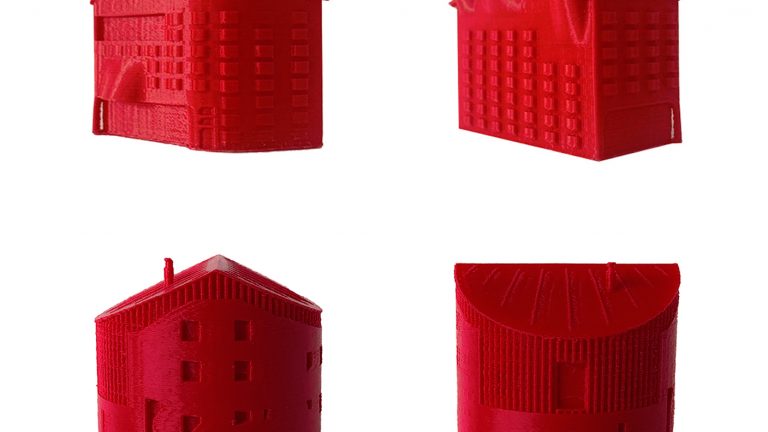
Refuge Prints
Models digitally printed by students as one of the final steps in the artificial design research process with GAN in Switzerland with a focus on the refuge. refugetwopointoh.wordpress.com Keywords: GAN, Artificial Design, Swissness, Housing, 3D Print Students: Eric Nardini, Romain Claus, Aina Rodriguez, Clara de Lapuerta, Christophe Gautier, Simone Izzo, Samuel Aeschimann, Núria Fàbrega, Mathieu (…)
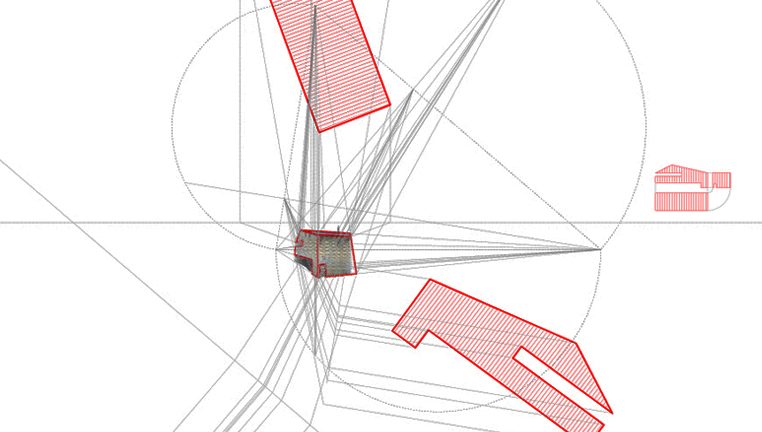
3D GAN: Anamorphic Inverse Projections
The exploration of the potential uses in architectural design shows that GANs are more suitable for learning and generating 2D images such as building facade and floor plans due to the exponential increase of computational cost in 3D model applications. GANs work natively with data that can be represented in numerical values. 2D image data (…)
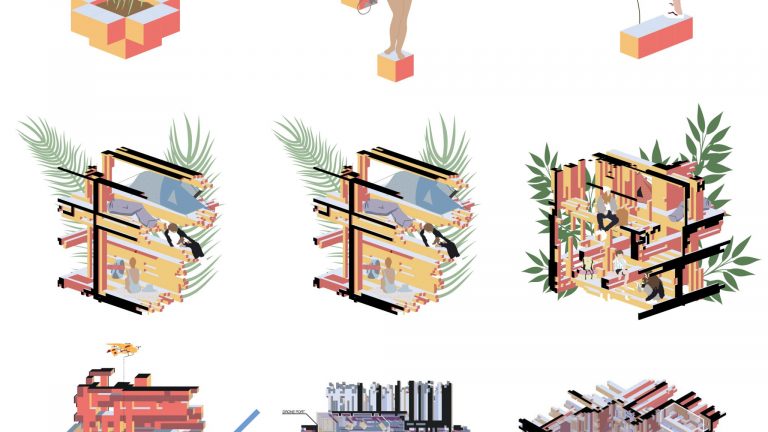
Data Moiré
The larger the dataset, the better the generated images in terms of photographic quality. The diversity of content within the dataset also was found to impact the generative capacity of GANs directly. The smaller variation in the dataset produced a more focused and better image, while the more variation in the dataset created more diverse (…)
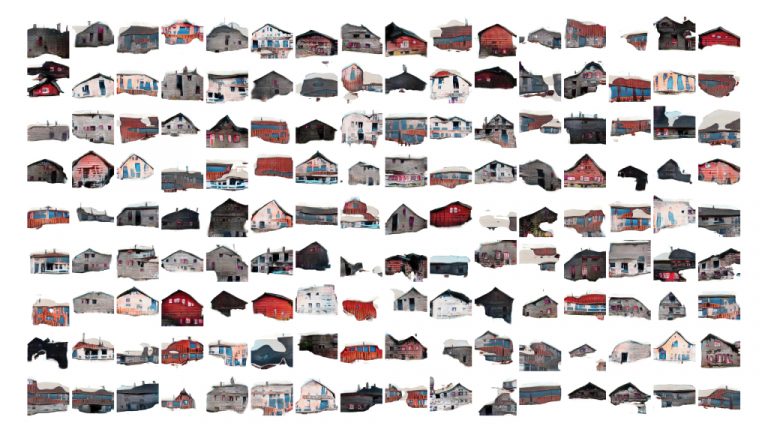
Refuge Sampling
Data curation and GAN manipulation (or equivalent deep learning network) is used to create variations of artificially generated alpine refuges with the quality of “Swissness”, where the collection of facades of Swiss alpine architecture will serve as samples for the algorithms to explore how architects can use and interact with machine learning algorithms as a creative (…)
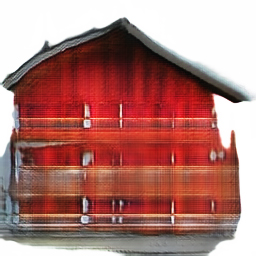
Refuge 2.0 – Artificial Swissness
In Refuge 2.0 – Artificial Swissness we examine the notion of “cultural resilience” in Alpine cities, and question the role of creative artificial intelligence and deep learning in architecture. Confronting the machine as an active design agent, we ask the following questions: Can machines automatically learn and generate meaningful architecture? Can they go beyond quantifiable data and optimization (…)
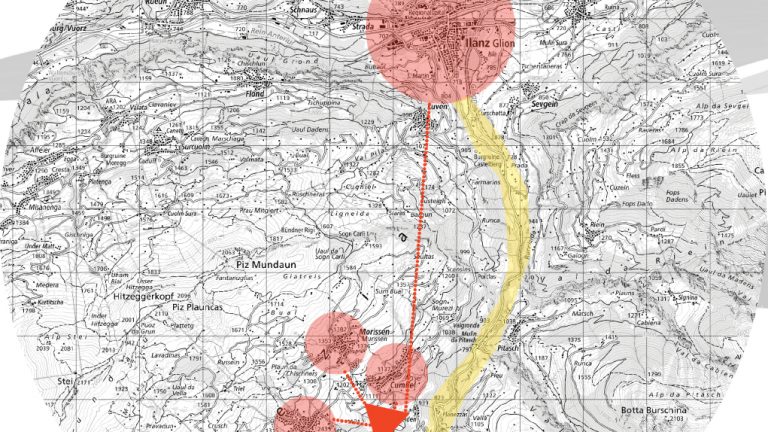
Mapping Airlumnezia
By using the available maps and data to gain an understanding of Val Lumnezia, “Mapping Airlumnezia” considered some of the following: demographics, economic development, logistics and transportation, geography, geology, infrastructure, natural systems and environment, tourism. This exercise developed methods for site analysis based on computational tools and traditional mapping. https://airlumnezia.wordpress.com/ Keywords: Mapping, Drone, (…)
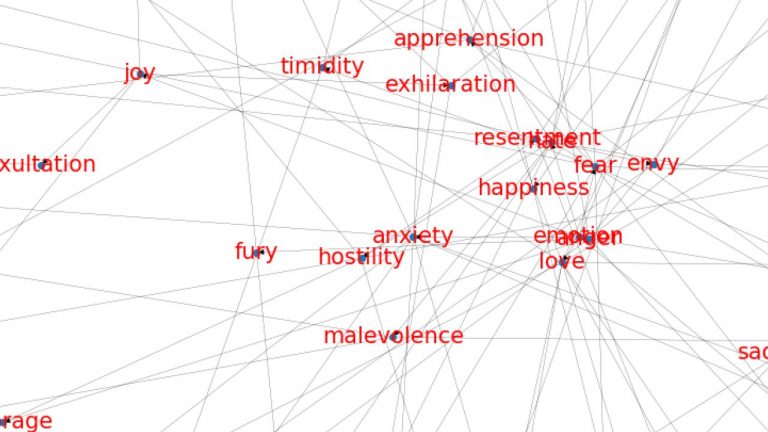
Augmented Boutique
Augmented Boutique is part of a series of experimental projects in experience design conducted at the intersection of architecture and computer science (UE X). The aim is to examine the effects of digitalization on architectural typologies in contemporary cities. How do architectural and urban conceptions of space change with the infiltration of new elements of (…)
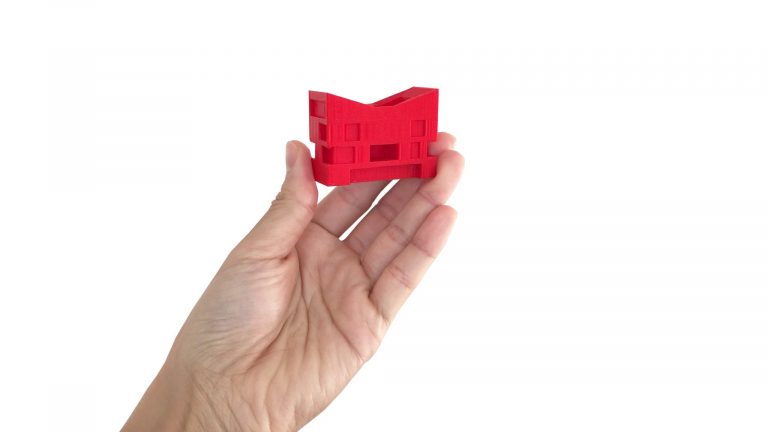
Haimian House 海綿家
Located in the Changshan Township, near Jinhua City, Zhejiang Province, the project is situated on a slope and touches the lake. The proposed architecture is a strong shape that anchors the habitant and the visitor to the shore of the Lake. It is reminiscent of a local, archaic and timeless architecture. Our ecological concept is (…)
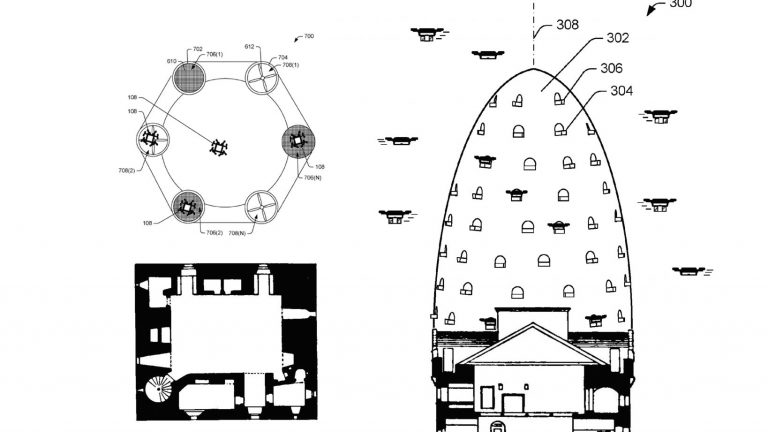
Glasgow Prototypology
Whether we like it or not, the near future will be defined by automation, artificial intelligence, smart infrastructure and urban intensification. This rapidly approaching reality begs several questions: How will we co-exist with machines? How will we perceive and relate to destinations with unpopulated architecture? Once again, during the spring semester, Glasgow is our case (…)
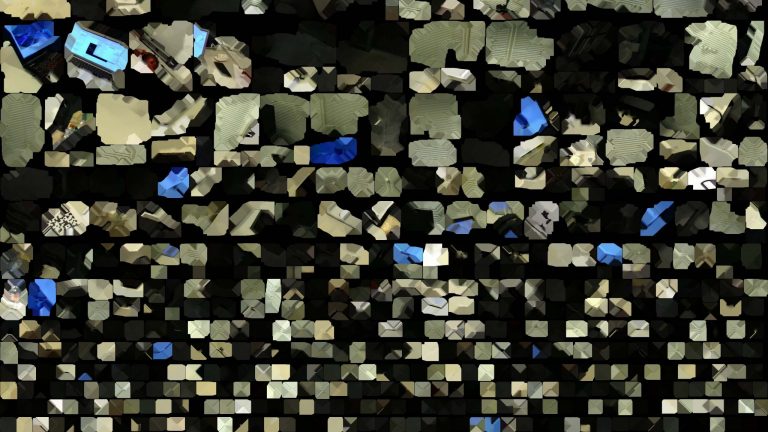
Interior Forensic
The project takes inspiration from forensic practices to investigate alternative forms of drone interaction and navigation. It is an interface, embedded with a real-time 2dTexture-to-3dCoordinatesalgorithm, that enables user to send 3d drone waypoints commands from a single atlas of 2d visual patches. A series of experiments were made using scans of differing spatial and temporal (…)